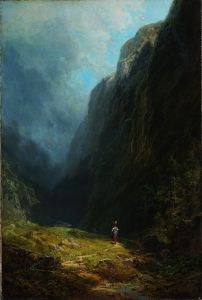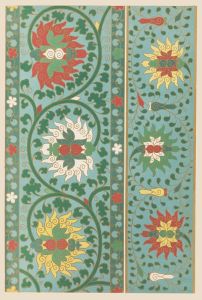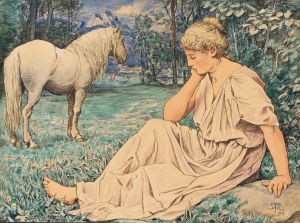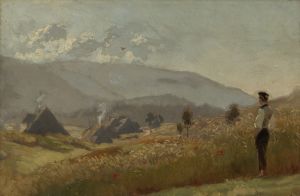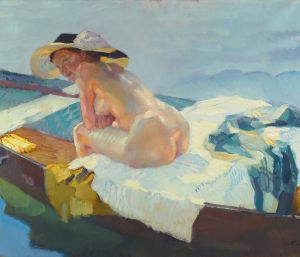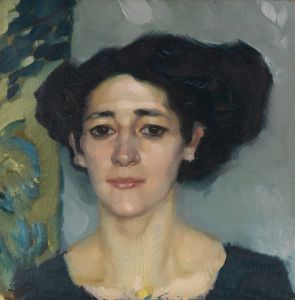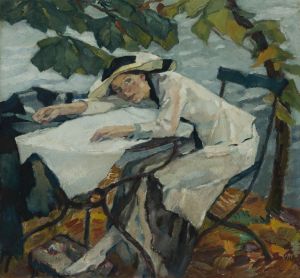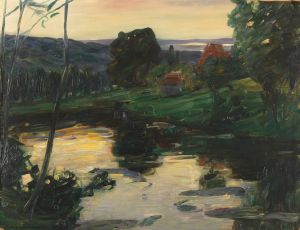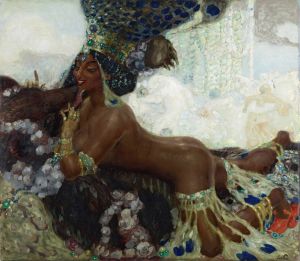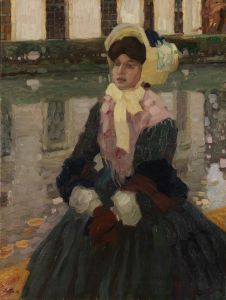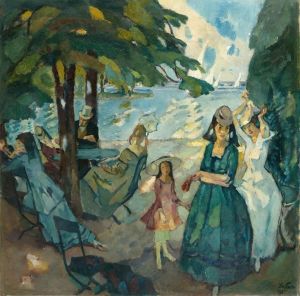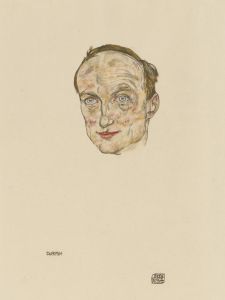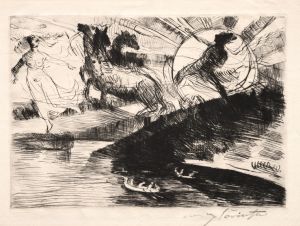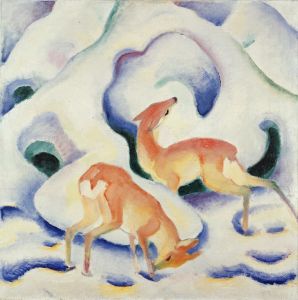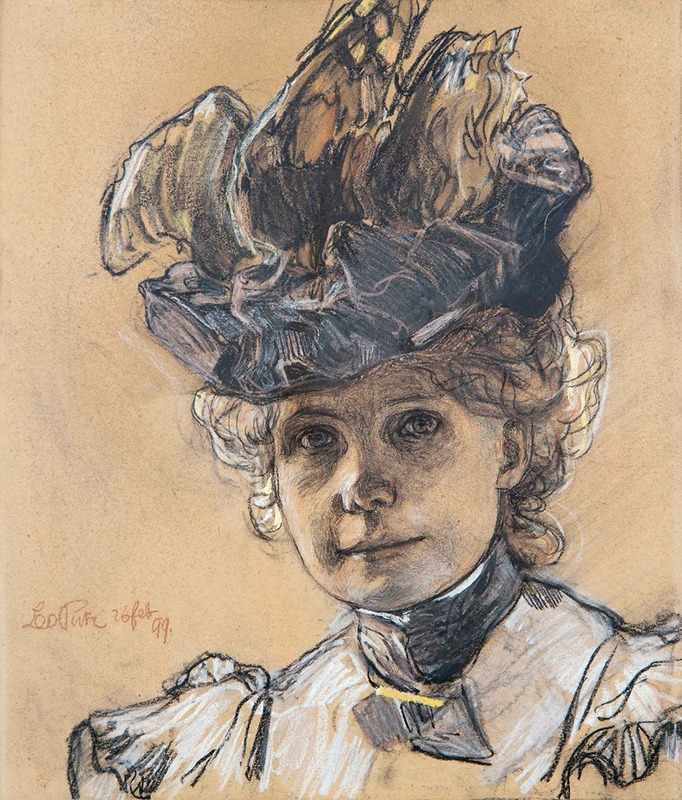
Porträt Gertraud Luberich
A hand-painted replica of Leo Putz’s masterpiece Porträt Gertraud Luberich, meticulously crafted by professional artists to capture the true essence of the original. Each piece is created with museum-quality canvas and rare mineral pigments, carefully painted by experienced artists with delicate brushstrokes and rich, layered colors to perfectly recreate the texture of the original artwork. Unlike machine-printed reproductions, this hand-painted version brings the painting to life, infused with the artist’s emotions and skill in every stroke. Whether for personal collection or home decoration, it instantly elevates the artistic atmosphere of any space.
Leo Putz was a prominent German painter associated with the Jugendstil movement, which is the German counterpart to Art Nouveau. Born on June 18, 1869, in Merano, which was then part of the Austro-Hungarian Empire, Putz became known for his vibrant use of color and his ability to capture the essence of his subjects with a fluid and expressive style. He studied at the Academy of Fine Arts in Munich and later in Paris, where he was influenced by the Impressionists and Post-Impressionists.
One of Putz's notable works is "Porträt Gertraud Luberich," a portrait that exemplifies his skill in capturing the personality and mood of his subjects. While specific details about the painting "Porträt Gertraud Luberich" are limited, it is consistent with Putz's broader body of work, which often features portraits, landscapes, and scenes of everyday life. His portraits are particularly noted for their psychological depth and the way they convey the character and emotions of the sitter.
Putz was a member of the Munich Secession, a group of artists who broke away from the traditional art institutions in Munich to pursue more modern and progressive artistic ideals. This movement was part of a broader trend across Europe where artists sought greater freedom of expression and experimentation with new styles and techniques. The Munich Secession played a significant role in the development of modern art in Germany, and Putz was an active participant in its exhibitions and activities.
Throughout his career, Putz's work evolved, reflecting changes in his personal life and the broader cultural and political context of the time. He traveled extensively, and his experiences in different countries influenced his artistic style. During World War I, Putz served in the German army, and the war had a profound impact on him, as it did on many artists of his generation.
After the war, Putz continued to paint and exhibit his work, gaining recognition both in Germany and internationally. His paintings are characterized by their dynamic compositions, rich color palettes, and a keen attention to light and shadow. Putz's ability to blend elements of Impressionism with the decorative qualities of Jugendstil made his work distinctive and highly regarded.
In the later years of his life, Putz faced the challenges of the changing political landscape in Germany. The rise of the Nazi regime in the 1930s had a significant impact on the art world, and many artists, including Putz, found themselves at odds with the new cultural policies. Despite these challenges, Putz continued to create art until his death on July 21, 1940, in Merano.
Today, Leo Putz's work is appreciated for its contribution to the development of modern art in Germany. His portraits, including "Porträt Gertraud Luberich," remain a testament to his skill as a painter and his ability to capture the essence of his subjects with sensitivity and insight. His paintings are held in various public and private collections, and they continue to be studied and admired by art historians and enthusiasts alike.





